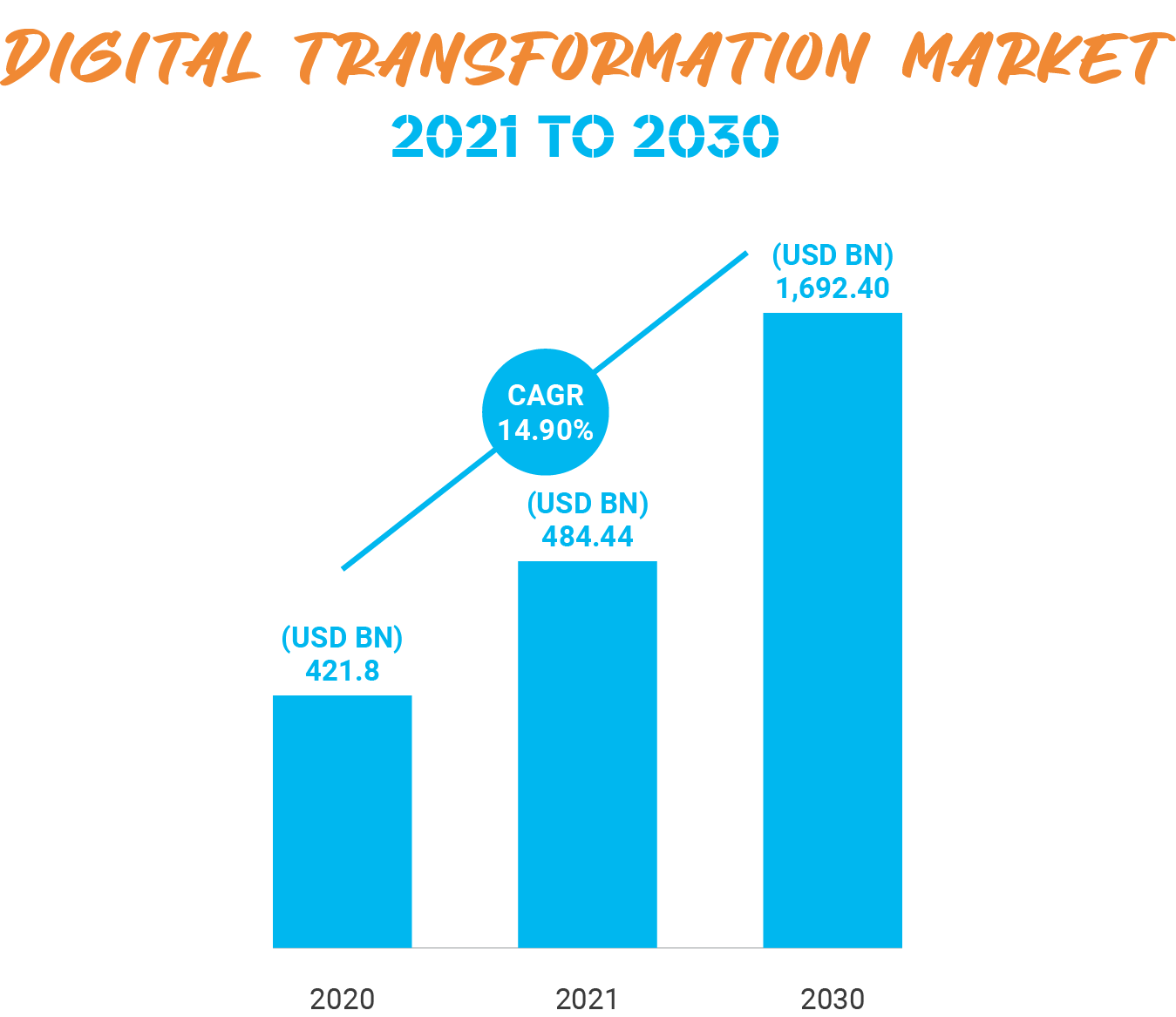-
About Us
Probe CX is a tech-powered, global customer experience organisation that amplifies human capabilities with technological excellence.
-
Awards and Accreditations
As an industry-leading CX and digital transformation provider, Probe CX has a resume to match any of our competition.
-
Compliance
Industry-recognised certifications to protect what matters most to our clients and their customers.
-
Locations
Over 9,000 team members delivering exceptional customer experiences across five countries.
-
Vision and Culture
We help our clients become modern digital organisations by combining the latest technology with people, process and data.
-
Executive Team
Meet the team with unmatched experience committed to helping organisations create environments for digitally-enabled CX to thrive.
-
Blog
Discover the latest insights, information and trends in blogs created by customer experience experts.
-
News
Learn where Probe CX have been recognised in the news, including awards, accreditations, acquisitions, partnerships and more.
-
Resources
Download our latest resources including whitepapers, case studies, tip sheets, reports and brochures..
A leading energy and gas industry retailer required support with credit collection activities and help to optimize their KMS.
- Blog
- A survival guide for digital transformation
A survival guide for digital transformation
Let us start with what digital transformation is not.
It is not about innovation or technology per se. It is not a destination. It is not one single project. It is not one-size-fits-all and it is certainly not a magic wand. It is no longer a luxury but rather an imperative for businesses wanting to succeed.

Digital transformation is also only worth doing if it is done right. Global consulting experts McKinsey found that 69% of digital transformation projects fail1, with the cost of such failures not only measured by the resources wasted on such implementations but also the ongoing impact on a business’s competitive position. The hype surrounding digital transformation has seen too many executives rush to undertake such projects without a clear and strategic vision of what they want to achieve. The result? Adding their organization’s name to the long list of digital transformation failure case studies.
In a bid to avoid that fate, this survival guide will take readers inside the digital transformation world and share expert tips for tackling this important of tasks. Along with statistical evidence and clearly defined benefits, it will outline the key steps for digital transformation success and reinforce why having a clearly defined plan has never been more important.
What is digital transformation?
Digital transformation is the process of modernizing systems, operations, interfaces, products or services to allow enterprises to become more responsive to customer wants, needs and desires. Unlike business transformations that usually end once a new behaviour has been achieved, the ongoing evolution of technology means digital transformations are long-term efforts to rewire how an organization constantly improves and changes.
What are the numbers behind digital transformation?
The road to digital transformation success is one well worth taking but business leaders need to be mindful of the many potholes that line the way. While investment in digital transformation strategies has boomed in recent years, there is plenty of statistical evidence to suggest too many businesses continue to approach the process without due research, a lack of executive buy-in or failure to team with trusted tech partners.
Statistics revealing the numbers behind digital transformation:
- Global spending on digital transformation reached $1.8 trillion in 2022 and is expected to increase to $2.8 trillion by 20252
- The World Economic Forum believes the societal and industrial value of digital transformation could reach $100 trillion by 20253
- A Fujitsu study found that ‘strengthened competitiveness’ is the highest driver for companies embracing digital transformation (70%)4
- 69% of IT decision-makers primarily view digital transformation as a key to improving process efficiency5
- McKinsey has found 70% of digital transformations fail due to employee resistance6
- 28% of companies consider digital transformation as a cost center, while resistance to change (26%) and compliance or legal concerns (26%) are also barriers to success7
- A study of IT professionals found a lack of IT skills or transformation expertise is the biggest hurdle to digital transformation success (54%), followed by dependency on legacy systems (53%) 8.

Source: Digital Transformation Market Size to Hit US$ 1,692.4 Bn by (globenewswire.com)
What are the benefits of digital transformation?
Digital transformation allows organizations to reap numerous benefits including:
Enhanced data analysis:
it is one thing to collect customer data. It is another to optimize and analyze that data to drive one’s business forward. Digital transformation allows organizations to create systems for different functional units to translate raw data into insights that produce a single view of the customer journey, operations, productions and finance.
Better customer experience:
consumers have never had higher expectations when it comes to digital experiences, hence why digital transformation is at the top of boardroom agendas. A quality strategy has the power to not only unlock efficiencies for internal teams but also deliver more seamless and engaging experiences for the customers they serve.
Increased agility:
the business world has never moved faster, which is a serious concern for organizations that struggle with concepts such as flexibility and change. Digital transformation allows businesses to anticipate challenges and build solutions ahead of time and provides them with the agility to meet the demands of an ever-evolving landscape.
Improved productivity:
it is no secret technology plays a huge role in speeding up processes and streamlining operations but strategic digital transformation is the key to taking that benefit to the next level. Along with allowing staff to focus on high-value work rather than repetitive, manual tasks, digitization prevents human error and reduces waste and overhead costs.
What are the key steps to digital transformation success?
Just as journalists traditionally aim to answer ‘The Five Ws’ when writing a story (Who? What? When? Where? Why?), businesses should ask themselves a series of key questions before undertaking a digital transformation project.
Why: digital transformation should always start with a why. Before investing untold resources and time into a project, it is essential to be clear about why the transformation needs to occur. It may be to reduce costs, increase revenue, boost productivity or simply maintain pace with competitors but the key is to have a distinct understanding of the current state of the organization and a vision of its future state. This also requires a reflection on one’s corporate strategy as it will inform the direction of the digital transformation and ultimately lead to outcomes that align with that strategy.
How: too many organizations make the mistake of pursuing digital transformation without knowing how they are going to measure its success. Without a predetermined idea of what constitutes a successful implementation, it is too easy for businesses to continue to waste resources on a project that is not actually delivering any real benefit in the areas it was designed to. Take the time to understand how you are going to measure success. Is it an improvement in Net Promoter Score? Customer experience metrics? Revenue or customer numbers? Whatever the metrics, they must be clearly aligned with the digital transformation strategy and feature KPIs to ensure the accountability that so often separates success and failure.
Who: digital transformation is more about people than technology. While innovation lies at the heart of the process, it is people that bring a strategy to life and that is why it is critical to carefully consider who will be impacted by the transformation and bring them along on the journey. It could be customers, staff or external stakeholders – or indeed a combination of all three. The key is to ensure those parties are clearly identified and kept at the forefront of mind as the process unfolds. Early adoption is a significant indicator of digital transformation success and the way to ensure it is to ensure a process that connects people and technology.
What: it is now time to consider the details of the digital transformation process. What are the operating model components that need to change? What is the technology that can best deliver transformation? What is the best process or strategy for delivering success? This is also where clear decisions need to be made about the delivery methodology to be used. Most people believe digital transformation is an agile process but that is not always the case. It all depends on context - different approaches requiring different ambitions and that once again reinforces the need for a clear vision of desired outcomes.
When: the issue of ‘when’ will arise multiple times during a digital transformation. When is a transformation required? When is the best time to launch a project? How long should a digital transformation take? These are questions that will have different answers for different businesses but the key is that they are asked. One of the major reasons for digital transformation failure is a lack of definitive timelines and putting the onus on executives and project leaders to establish them from the outset is a crucial step towards avoiding that fate.
Summary
In many ways, the lofty ambition of digital transformation is not unlike the goal of losing weight. How often do we hear people say they want to lose weight but they fail to articulate a clear plan of how they intend to make it happen? Rather than answering a few key questions – why do I want to lose weight? How am I going to measure my success? Who can help me achieve it? What is my timeframe for doing so? – they lack a clear vision and, in turn, any real direction. In a similar vein, it is when businesses become specific about digital transformation that they markedly increase their chances of digital transformation success.
Generative AI may be the talk of the business world but organizations need to tread carefully when pursuing its benefits. Step inside a three-part report that highlights why executives need to remember the bigger picture in their rush to embrace the game-changing innovation.
About the Author
Saurabh Nagpal is a Principal Consultant at Innovior, part of the Probe Group. With a background in leadership roles across telecommunications and health sectors, he has over a decade of experience in innovation, digital strategy and transformation and customer experience. Saurabh's philosophy is to stay ahead of the ever-changing digital landscape while placing a strong emphasis on delivering exceptional customer satisfaction. His talent for assembling high-performing teams has consistently contributed significant value to various business settings.
Reference:
[1] Why So Many Digital Transformation Projects Fail | Engineering.com
[2] Global digital transformation spending 2026 | Statista
[3] What is Digital Transformation & Its Importance for Businesses (imaginovation.net)
[4] Digital Transformation Trends in Retail 2020-2021 & Covid-19 Impact : Fujitsu Global
[5] bakermckenzie.com/-/media/files/insight/publications/2021/12/2021-digital-transformation--cloud-survey--a-wave-of-change.pdf
[6] The ‘how’ of transformation | McKinsey
[7] insights.prophet.com/the-state-of-digital-transformation-2018-2019
[8] 2023 Data Protection Trends Report - Veeam
Related Articles
Customer Experience CX
The definitive guide to digital transformation statistics
Discover the statistics that reinforce the importance of digital transformation.
Customer Experience CX
The ultimate list of customer service statistics
Read our list of customer service (CX) statistics currently dominating across different industries.
Customer Experience CX
How to design outstanding customer experience - from a CX expert
Learn how a major retailer teamed with Probe CX to transform their contact centre experience.
© Copyright 2025 Probe CX | Probe CX is a proudly owned subsidiary of Probe Group
Privacy Policy | Responsible AI Policy | Financial Hardship Policy | Whistleblower Policy | Complaints Procedure | Supplier Code of Conduct | Make a Payment | Client Login





